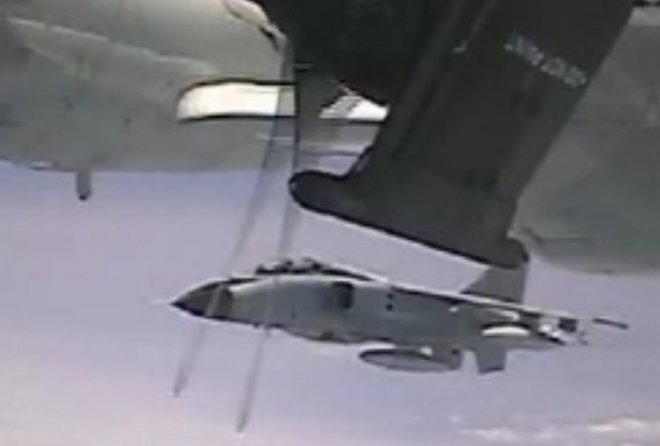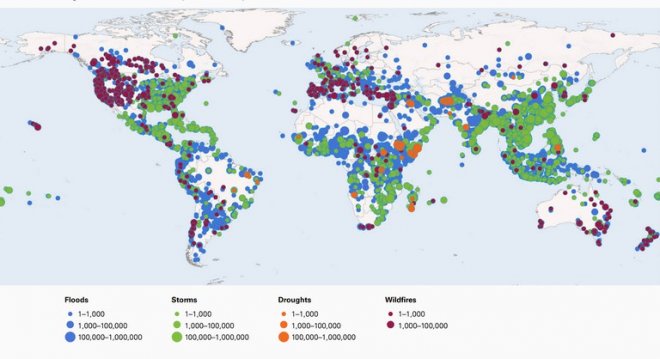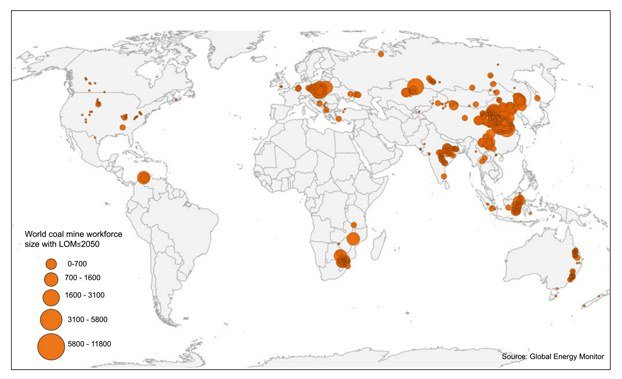Australia’s military may struggle in China conflict, defense experts say
The Australian military has conducted “top-secret war-gaming exercises,” with such scenarios as China setting up a military base in a South Pacific nation, while examining its defense posture, Australia’s media reported.The exercises, described in a classified version of the Australian government’s defense strategy review, found that the country’s army would struggle to respond to certain plausible and specific scenarios, according to the Sydney Morning Herald and Channel 9 News.
Among the scenarios that were analyzed in detail by security experts are a war between the United States and China over Taiwan, and Beijing establishing a military base in the Solomon Islands, neighboring Australia.
In the latter scenario, the People’s Liberation Army Navy (PLA) would be within just 2,000 kilometres (1,243 miles) of the Australian mainland.
In a recent series of interviews conducted by the Australian Broadcasting Corporation, four leading Australian defense experts warned that a war between the U.S. and China over Taiwan would "probably be the biggest and most disruptive war the world has seen since 1945" as it would swiftly escalate into a full-scale regional maritime war.
The defense review found that the Australian Defence Force is “not fully fit for purpose” and called for a major strategy and forces overhaul to deal with “radically different” strategic circumstances and “the return of major power strategic competition.”
 An AH-1Z Viper conducts flight operations with Royal Australian Navy Canberra-class landing helicopter dock HMAS Canberra, during Exercise Rim of the Pacific July 31, 2022. Credit: Australian Defense Force via AP
An AH-1Z Viper conducts flight operations with Royal Australian Navy Canberra-class landing helicopter dock HMAS Canberra, during Exercise Rim of the Pacific July 31, 2022. Credit: Australian Defense Force via APThe Australian government released last week a de-classified version of the Defence Strategic Review 2023 before announcing that it will host, for the first time, a Quad leaders summit on May 24 in Sydney.
The Quad, or the Quadrilateral Security Dialogue, comprises Australia, India, Japan and the United States. The last Quad leaders summit was held in Tokyo in May 2022.
Beijing has repeatedly accused Quad countries of “building small cliques and stoking bloc confrontation.”
Facing China’s threats
Analysts say that there has been a remarkable shift in Australia"s approach to defense, mainly stemming from concerns about China’s increased military power and ambitions.
The review said China’s military build-up is “the largest and most ambitious of any country since the end of World War II”.
The new strategy will shift the Australian military “from a balanced to a focused force, which will concentrate on long-range power projection and "impactful projection" capabilities,” said Malcolm Davis, a senior analyst at the Australian Strategic Policy Institute (ASPI).
Those capabilities include “long-range strike for deterrence, particularly in regards to the growing challenge of China"s military,” Davis told RFA.
The review noted that the Australian Navy needs “enhanced lethality” to deal with the PLA new capabilities.
“Of particular concern is Beijing"s rapid build-up of nuclear weapons capabilities, with a shift from about 350 warheads to 1,500 warheads by 2035, and the establishment of the world"s largest navy, along with advanced long-range precision strike capabilities,” the Canberra-based analyst said.
“These capabilities and China"s actions have dramatically reduced the warning time for a major power war,” he added.
As a result, the review is now emphasizing the rapid acquisition of military capabilities needed for littoral operations in northern Australia and maritime spaces, as well as long-range strike capabilities.
The Australian military’s range for firing projectile munitions will increase from 40 to 300 kilometers (25 to 186 miles), and with the acquisition of the precision strike missile, over 500 kilometers (311 miles).
Australia will develop indigenous long-range missile manufacturing, according to the defense ministry, with options to be provided by the second quarter of next year.
Beijing’s reaction
The Australian government said it “has accepted the review’s recommendation for an inaugural National Defence Strategy in 2024, which will be updated biennially.”
The total to be spent on implementing the review is AUD$19 billion (U.S.$12.7 billion) over four years, including the AUD$9 billion (U.S.$6 billion) spent on purchasing up to eight nuclear-powered submarines via a tripartite deal with the U.S. and the U.K. (AUKUS)
To start, Australia on Tuesday announced that it will offer service members bonuses of up to AUD$50,000 (U.S.$33,500) at the end of their initial period of service if they commit to a further three years in the military.
Beijing quickly condemned the Australian government’s defense strategy review, with a spokesperson saying that China hopes “certain countries will not use China as an excuse for military build-up and will refrain from hyping up the ‘China threat’ narrative.”
“China pursues a defensive national defense policy and stays committed to peace and stability in the Asia-Pacific and the wider world. We do not pose a challenge to any country, Foreign Ministry spokesperson Mao Ning said.
Australia’s “perception of a Chinese threat is most definitely not hype,” said Malcolm Davis from ASPI, adding that China has been building up its military “with virtually no transparency on its intentions.”
Edited by Mike Firn.
[圖擷取自網路,如有疑問請私訊]
|
本篇 |
不想錯過? 請追蹤FB專頁! |
| 喜歡這篇嗎?快分享吧! |
相關文章
AsianNewsCast























